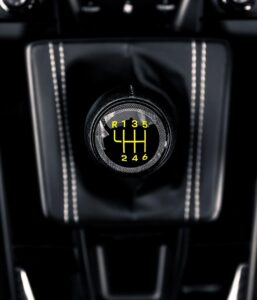
Earthquakes are often reported by units on the Richter Scale. They go from 0 to 8 depending on the size and extent of the earthquake. It was replaced by the Moments Magnitude Scale by the 1970s due inability to record higher values for stronger earthquakes. Since the numerical values are approximately the same, the media still reports them in Richter Scale.
When the Richter and Moments Magnitude Scale tell us about the energy released by the earthquake, the Mercalli Scale classifies them by their effects, ranging from instrumental (detected by instruments but not felt by humans) to catastrophic.
The reasoning behind the use of the Mercalli Scale is that energy released and effects of an earthquake are not exactly correlated. Depending on soil type and population in an area it can vary. A shallow earthquake in a densely populated area with a certain soil type may be more intense than a deep earthquake in an isolated area.
Mercalli scale goes from 1 to 12 as follows:
- Instrumental – recorded by instruments but not felt by humans
- Weak – noticed by people at rest
- Slight – tremors felt like a passing truck
- Light – indoor dishes and doors are disturbed
- Moderate – felt enough to awaken people
- Strong – furniture is shaken
- Very strong – wall cracks
- Severe – partial collapse of poorly build buildings or structures
- Violent – some houses collapse
- Extreme – buildings collapse and railway lines bend
- Disastrous – floods and landslides
- Catastrophic – waves are formed on the ground and complete destruction







